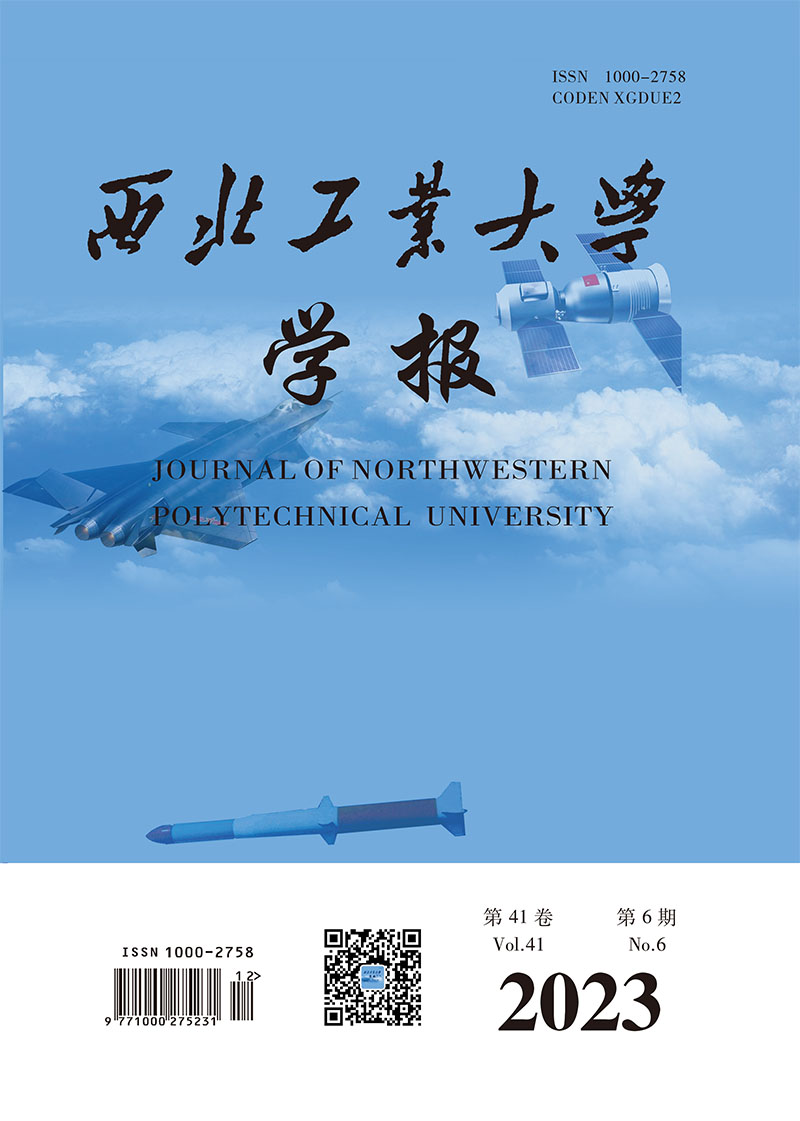Research on transition corridor boundary of distributed propulsion VTOL fixed wing
Q3 Engineering
引用次数: 0
Abstract
The transition state is the most critical and dangerous state of the VTOL fixed wing aircraft in the whole flight process. In this paper, a transition corridor for a distributed propulsion VTOL fixed-wing aircraft is studied based on the lift characteristics of the wing and the power constraints of the power unit. Firstly, according to the sliding flow theory, the dynamic characteristics models of the lift fan system in the front part of the fuselage and the distributed duct system in the rear part of the fuselage were established by introducing the influence factor of the duct, and verified with the test data. Secondly, according to the lift characteristics of the wing, the transition curves of the aircraft at different angles of attack are calculated, in which the transition curves corresponding to the zero-lift attack angle and stall attack angle constitute the lift characteristics transition corridor of the distributed propulsion VTOL fixed-wing aircraft. Finally based on the dynamic performance of the power unit model, calculate the lift characteristic transition each state point in corridor corresponding power demand, according to the power limit of the lift fan system, distributed duct system and power unit total power limitation, get distributed to promote vertical take-off and landing a fixed wing aircraft power limitation in lifting features and power unit under the condition of complete transition corridor. The final results show that the minimum forward velocity is inversely proportional to the attack angle. The power required by the tail distributed duct system will exceed the limit when the aircraft is in low speed and small dip angle transition. For the power limit boundary required, the power limit condition of individual component is stricter than the total power limit condition. The research results of this paper can provide some reference for the transition corridor research of such VTOL fixed-wing aircraft, and on this basis, the subsequent work such as parameter sensitivity analysis and control system design of transition corridor can be carried out.分布式推进垂直起降固定翼过渡通道边界研究
过渡状态是垂直起降固定翼飞机在整个飞行过程中最关键、最危险的状态。基于机翼的升力特性和动力装置的功率约束,研究了分布式推进垂直起降固定翼飞机的过渡通道。首先,根据滑流理论,引入风管的影响因素,建立了机身前部升力风扇系统和机身后部分布式风管系统的动力学特性模型,并与试验数据进行了验证。其次,根据机翼的升力特性,计算了飞机在不同迎角下的过渡曲线,其中零升力迎角和失速迎角对应的过渡曲线构成了分布式推进垂直起降固定翼飞机的升力特性过渡走廊。最后,基于动力单元模型的动态性能,根据提升风机系统、分布式风管系统和动力单元总功率限制的功率限制,计算出走廊中各状态点对应功率需求的提升特性转换,在完全过渡走廊条件下,固定翼飞机在升力特性和动力单元上的功率限制。最后的结果表明,最小前进速度与攻角成反比。当飞机处于低速小倾角过渡时,机尾分布式风管系统所需的功率将超过极限。对于所需的功率限制边界,单个组件的功率限制条件比总功率限制条件更严格。本文的研究成果可为此类垂直起降固定翼飞机的过渡通道研究提供一些参考,并在此基础上开展过渡通道参数灵敏度分析和控制系统设计等后续工作。
本文章由计算机程序翻译,如有差异,请以英文原文为准。
求助全文
约1分钟内获得全文
求助全文

 求助内容:
求助内容: 应助结果提醒方式:
应助结果提醒方式:


